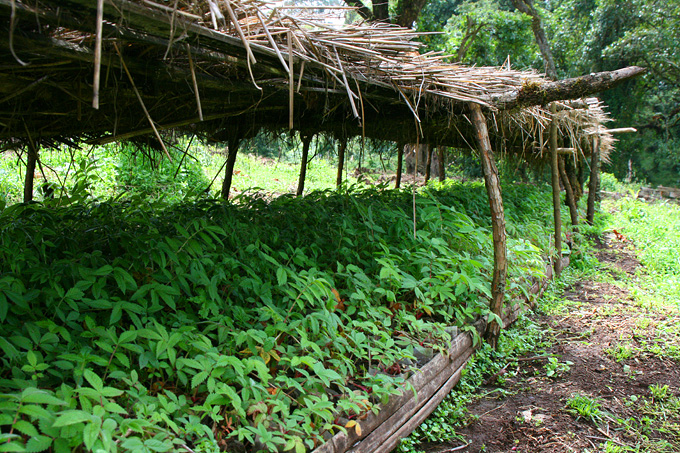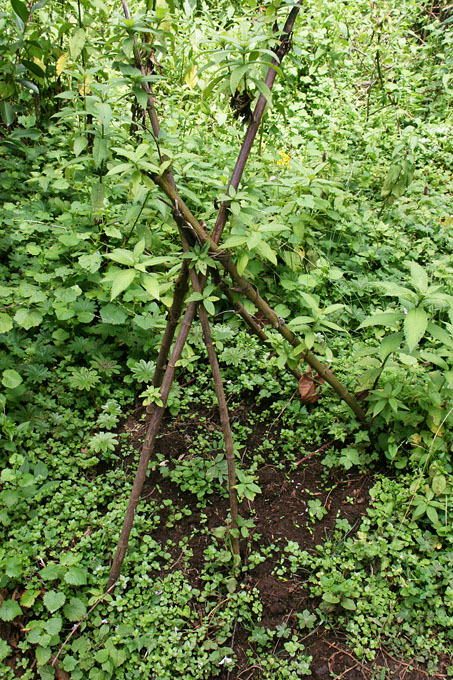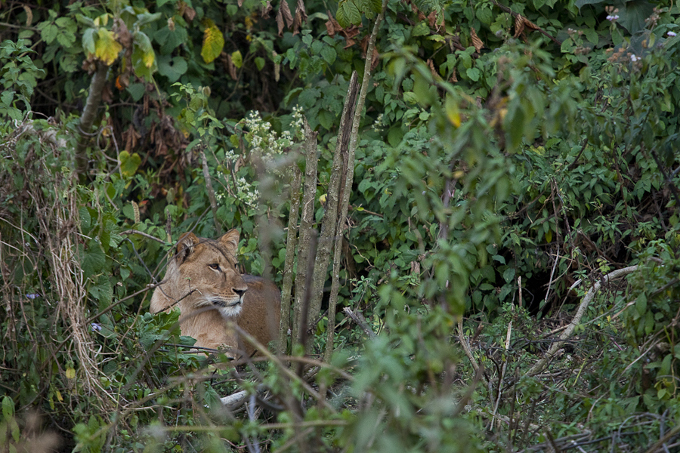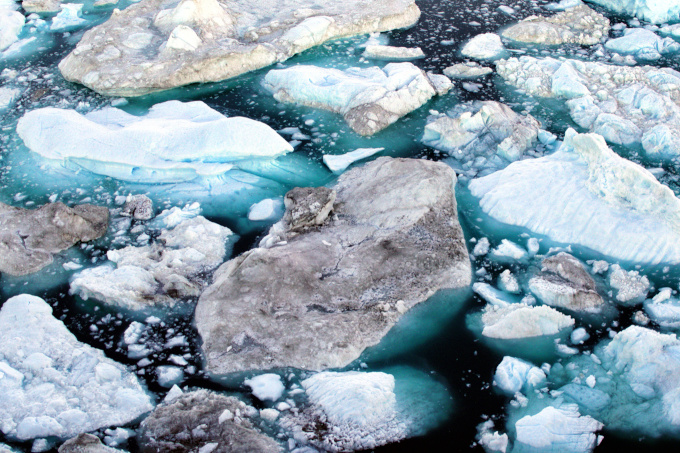Reforestation program
Thousands of new trees for Kafa
Reforestation is taking place in fragmented and degraded natural forests as well as on farm land in Kafa Biosphere Reserve. Through the reforestation of 500 hectares of degraded forest with indigenous tree species and 200 hectares of farm land with native multi-purpose agro forestry trees and crops, the provision of ecosystem services and none timber forest products will be improved. In particular the amount of carbon dioxide absorbed from the atmosphere will be increased.
Enrichment planting assists to address fragmentation and can assist to restore the forest’s resilience to climate change. Additionally reforestation enhances the capacity of soil to store more water which will assist the river system to flow all year round as well as protect it from erosion. As a result of bad cultivation practices and deforestation, pressure on endemic biodiversity intensified, large quantities of carbon dioxide have been released and the carbon-storage capacity of the forest has been markedly reduced. The area of forest currently remaining, in the area of Kafa Biosphere Reserve, totals circa 206,000 hectares, of which 152,000 hectares is intact forest (of this around 141,000 hectares is mountain cloud-forest and 11,000 hectares is bamboo forest), 33,000 hectares is degraded and 21,000 hectares strongly degraded mountain cloud-forest.
Agroforestry system not only assists in capturing atmospheric carbon dioxide but provides additional food resources for the local communities, stabilizes the natural water supply, prevents soil erosion and contributes to soil fertility and wood supply.
This goal requires a set of tasks starting with the establishment of tree nurseries, identification of appropriate areas (forest and community analysis), demarcation of the sites, planting of tree seedlings and maintenance of sites.
In close cooperation with the Kafa Zone Department of Agricultural Development so far 18 nurseries have been established throughout Kafa Biosphere Reserve and half of the total sites planted with tree seedlings. In total about 350,000 trees will be planted as part of this project.
project overview
related topics
Climate change and biodiversity loss are the most pressing challenges to humanity. Finally, people start to realize they are both sides of the same coin. NABU stands with science. We demand and support all efforts to reach a net-zero carbon economy globally. more →




